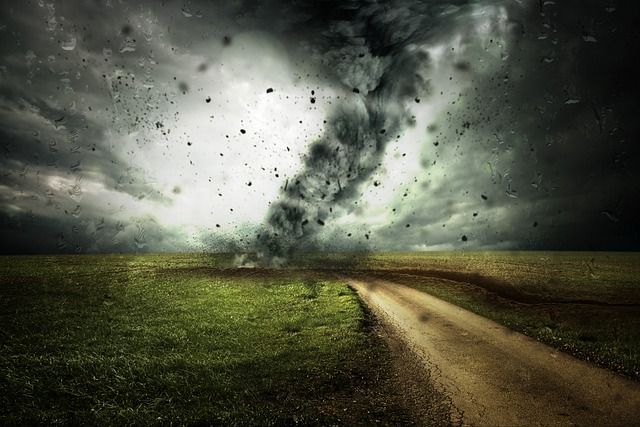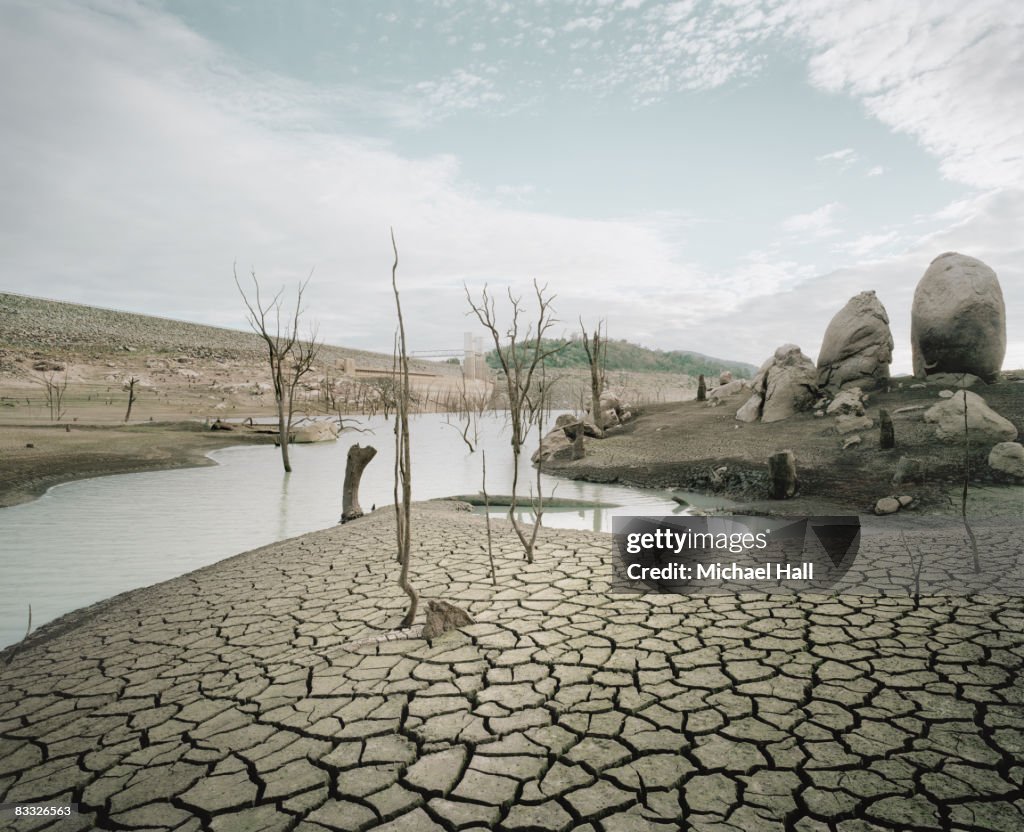
Profound Climate change, we often view human-caused climate change as a future concern, but it is already underway. Communities and ecosystems in the United States and across the globe are currently experiencing its effects.
Profound Climate change impacts the planet in numerous ways, such as increasing temperatures, rising seas, prolonged droughts, heavy flooding, and other extreme events. These changes influence the resources and systems we rely on and cherish, including water supplies, energy sources, transportation networks, wildlife populations, farming, natural habitats, and human well-being.
Profound Climate change affects our communities in numerous ways. Prolonged dry periods can reduce crop yields and harm public health. Excessive rainfall and floods can trigger disease outbreaks, cause fatalities, and damage both natural habitats and man-made structures. Health problems stemming from droughts, floods, and other extreme weather events raise mortality rates, alter food supply, and restrict how much work people can perform, ultimately reducing the efficiency and output of our economy.
There is still an opportunity to reduce the damage and intensity of Profound Climate change. We are already aware of many of the challenges and potential fixes, and scientists continue to discover more. Specialists believe the most severe consequences can be prevented by bringing emissions down to zero as rapidly as possible, which will help keep temperature increases in check. Achieving this target will require investments in new technologies and infrastructure, which will also stimulate job creation. For instance, ongoing advancements in systems and facilities for capturing and utilizing renewable energy will be essential. Cutting emissions will likewise improve public health, preventing countless deaths and saving billions in healthcare costs.
Read more about the Importance of AI
Read more about Climate Suitable
Profound Climate change is having significant effects on our water resources, influencing both our environment and daily lives. Rising temperatures are shifting the patterns of where, when, and how much precipitation occurs. Some regions are facing more intense rainfall, while others are experiencing longer and more frequent droughts.
Flooding has become a growing problem as the Profound Climate change. Compared to the early 1900s, rainfall events in much of the United States are now stronger, heavier, and occur more often.
At the same time, drought conditions are increasingly common, particularly in the western part of the country. Hotter weather increases water use, especially in farming. Just as people perspire more when it’s hot, plants lose more water through transpiration. Farmers then need to supply their crops with additional water.
Snowpack plays a key role in providing fresh water to many communities. As snow melts, it supplies usable water, which is especially important in places like the western U.S., where summers tend to be dry. However, warmer temperatures are leading to reduced snowfall and earlier snowmelt. This makes snowpack a less dependable source of water for the future.
Our food production relies heavily on climate and weather patterns. Rising temperatures, droughts, limited water availability, plant and animal diseases, and extreme weather events present difficulties for farmers and ranchers. Some of these problems can be addressed by adjusting farming practices or developing and applying new technologies. However, certain impacts—such as those on human and animal health—are harder to overcome. Agricultural workers face risks from heat-related illnesses, including fatigue, heatstroke, and heart problems. High temperatures can also negatively affect livestock.
Climate change influences all forms of life and the habitats they depend on, though its effects are not experienced equally everywhere. The Arctic is among the most sensitive ecosystems to climate shifts, warming at a rate at least twice that of the global average. This rapid Arctic warming has consequences that extend worldwide — melting glaciers and ice sheets on land add significantly to rising sea levels. Sea levels also increase due to the thermal expansion of water as it warms. Higher sea levels place coastal regions at greater risk of erosion and damage from storm surges.
The impacts of climate change can compound, leading to severe harm to ecosystems. For instance, rising seas can deposit sediment that suffocates coral. Yet coral reefs also face numerous other threats from climate change: elevated water temperatures can trigger coral bleaching, and more powerful hurricanes can physically destroy reef structures. These reefs support thousands of species, many of which depend entirely on healthy corals for survival.
While some species adapt — and even thrive — under changing climate conditions, the pace of change can be too rapid for others. Certain plants now have longer growing seasons or bloom earlier than in the past, but this shift can disrupt ecological relationships. For example, an earlier-flowering plant might rely on a pollinator that does not adjust its life cycle as quickly.
Some organisms respond by shifting or expanding their geographic ranges, moving into areas that were previously too cold or otherwise unsuitable. However, this movement can put pressure on native species in the new regions. Climate change can also allow invasive or nuisance species, such as lionfish or ticks, to spread into additional territories.
Marine ecosystems face an extra challenge in the form of ocean acidification. The oceans absorb roughly 30% of the carbon dioxide released from burning fossil fuels, making seawater increasingly acidic. This change in chemistry has significant impacts on marine organisms.
Physical infrastructure includes roads, bridges, ports, power grids, broadband networks, and other essential parts of our transportation and communication systems. These systems are often built to last for decades. As a result, much of today’s infrastructure was created without considering the effects of climate change.
Because of this, existing systems may not be strong enough to handle extreme weather such as intense rainfall, flooding, high winds, heavy snow, or rapid temperature shifts. These events can cause a wide range of problems. For instance, hotter temperatures increase the need for air conditioning, which can put extra pressure on the electrical grid. Likewise, sudden downpours that overwhelm drainage systems can cause flooding, disrupting highways, key transportation routes, and local businesses.
Infrastructure along coastlines—such as bridges, roads, and water systems—is especially vulnerable to rising sea levels. Around 40% of the U.S. population lives in coastal counties, meaning millions could be affected. Rising seas can also cause shoreline erosion and frequent high-tide flooding. Experts predict that by 2100, some areas could be at or below sea level. Communities in these regions will need to make choices about how to respond—likely a mix of strengthening existing systems and relocating away from the shore in a process known as “managed retreat.”
Many communities are currently unprepared for climate-related challenges. Researchers are examining both present and future climate impacts to identify effective strategies. Looking ahead, investing in infrastructure designed to endure future climate risks will be crucial. Building resilience is essential for everyone—from city planners and emergency managers to teachers and public communicators. With resilience education, people at all levels of society can learn how to prepare for the realities of climate change.
Climate change represents the most severe existential danger facing our planet. Without reducing greenhouse gas emissions from burning fossil fuels, rising global temperatures could lead to devastating consequences such as large-scale crop and fishery failures, the extinction of countless species, and entire regions becoming unlivable. While these outcomes might still be prevented, climate change is already inflicting harm and loss of life. From destructive wildfires to increasingly powerful storms, its escalating impacts are already visible in our daily lives.
Recognizing these effects can help us understand what is already happening, what can still be prevented, and what challenges lie ahead—allowing us to better safeguard all communities. Although climate change affects everyone, the world’s poorest nations—those least responsible for causing it—are the most vulnerable. They have the fewest economic means to respond or adapt and rely heavily on healthy ecosystems for food and livelihoods. In the United States, low-income neighborhoods and communities of color are often at the forefront of climate impacts. Because climate change and widening inequality are deeply linked crises, leaders must address both at the same time—and we must all work to ensure climate justice. This is what you should know about the challenges before us.
As global temperatures rise, major changes in weather patterns are taking place, leading to droughts, hurricanes, and floods that are more severe and harder to predict. Extreme weather events that may have occurred only once during our grandparents’ lives are now happening more frequently in ours. Still, the impacts won’t be identical everywhere: climate change could trigger prolonged drought in one area while increasing flood risks in another.
Since the start of the preindustrial period about 250 years ago, the Earth’s average temperature has increased by 1.1 degrees Celsius (1.9 degrees Fahrenheit), according to the Intergovernmental Panel on Climate Change (IPCC). Experts caution that if we do not address the root causes of climate change—chiefly the burning of fossil fuels like coal, oil, and gas—temperatures could climb as much as 4 degrees Celsius (7.2 degrees Fahrenheit) by the year 2100.
The rise in global average temperature—modest in appearance yet significant and continuing upward—means that with each passing summer, we can expect more frequent and intense heat waves. Increasingly, local weathercasters are linking streaks of record-high days to emerging long-term patterns, which pose serious challenges in places where infrastructure and housing were never designed to withstand growing heat. And heat waves aren’t merely unpleasant—they are the deadliest form of weather-related hazard in the United States.
Rising temperatures speed up the evaporation of water from the environment, intensifying and spreading drought conditions. Climate change has already driven the American West into an extreme “megadrought”—the most arid 22-year period seen in at least 1,200 years—reducing drinking water reserves, damaging crops, and leaving forests more vulnerable to insect outbreaks. Drought can also trigger a reinforcing cycle, where parched soil and reduced vegetation lead to even quicker moisture loss.






